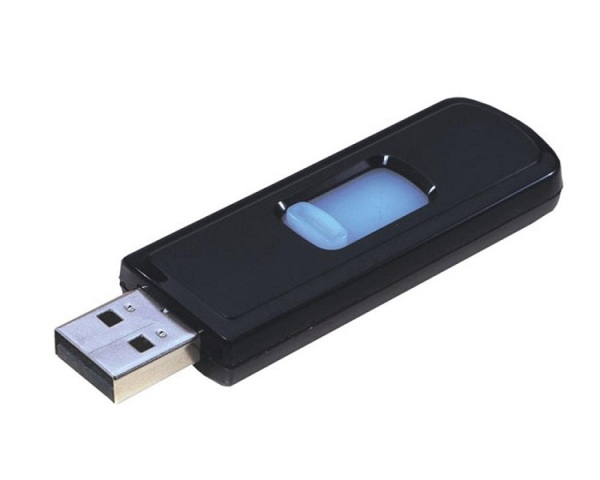Flash drives allow you to store and transfer large amounts of data. Read below to learn how to use a flash drive.
How To Use A Flash Drive
Flash drives are portable data storage devices that come integrated with Universal Serial Bus (USB). Since they are faster and have more storage capacity than floppy discs or DVDs, they are more popular storage and transfer devices. Flash drives are more commonly known as thumb drive, pen drive or memory sticks. They are rewritable and removable and carry as much as 100 GB of data. Thus, flash drive enables us to carry enormous amount of data in just the palm of our hand. Another benefit of flash drive is that it can be used to reduce the memory load in the personal computer. A very good benefit of flash drive is that any important file or document can be stored and then transferred onto another computer. This way the data is not lost or corrupted by others or misused online. Using a flash drive is very easy. You only need to familiarize yourself with a few steps on how you can go on about it. Given below are the various ways in which you can use a flash drive. Continue reading to know more.

Using A Flash Drive
-
First you should determine the amount of data storage that you need. For this right click on ‘My Computer’ and then click on ‘Properties’. It will show you the total space available as well as the used space in your computer.
-
Insert the flash drive into the USB port of the CPU. Wait for some time for the system to detect the drive. In a majority of the flash drives will play as soon as you plug it in.
-
After plugging in the flash drive click on ‘My Computer’ and then click on the flash drive icon. The contents of the flash drive will open up.
-
Go to the location of the files and folder that you wish to store in the flash drive. You can then either copy or drag the files and folders onto a folder in the desktop from the flash drive.
-
If you want to transfer files without opening the drive’s folder then you should look for the ‘+’ sign on the flash drive icon. As soon as the sign appears you should release the mouse. This will mean that the data has been copied to the flash drive.
-
Wait for sometime before removing the drive after storing the data. If you remove the drive immediately then the data may get distorted.
-
To remove the flash drive, go to the ‘Safely Remove Hardware’ located at the bottom right corner. Click on it and then select either the ‘Eject’ or ‘Remove the Hardware Safely’ option. A dialog box will appear; click the ‘Stop’ option. A message ‘It is now safe to remove the hardware’ will appear. You can then unplug the flash drive from the port.
-
Plug in the flash drive into the USB port and wait for the USB flash drive icon to appear. It may appear as a ‘Removable Disk’ or sometimes as 'Hard Drive'.
-
To locate the files and folders that you want to copy on the computer, double click on the flash drive icon. Then select the files or folders that you want to copy by clicking the left button on the mouse and selecting the ‘Copy’ option. If you want to select a large number of files, hold down the CTRL key and using the mouse select the files and folders.
-
Then right-click and select ‘Copy’ option to copy all the files and folders that you have selected.
-
Then open the location in which you wish to transfer the files from the flash drive. Select the ‘Edit’ menu and click ‘Paste’.
-
After the files have been copied, left-click on the ‘Remove Hardware’ icon in the bottom right corner of the desktop. A window will appear in which you should click on the ‘Safely Remove Mass Storage Device’. A message will appear ‘Safe to Remove Hardware’. You can then unplug the flash drive.
See also
More from iloveindia.com
- Home Remedies | Ayurveda | Vastu | Yoga | Feng Shui | Tattoos | Fitness | Garden | Nutrition | Parenting | Bikes | Cars | Baby Care | Indian Weddings | Festivals | Party ideas | Horoscope 2015 | Pets | Finance | Figures of Speech | Hotels in India : Delhi | Hyderabad | Chennai | Mumbai | Kolkata | Bangalore | Ahmedabad | Jaipur
- Contact Us Careers Disclaimer Privacy Policy Advertise With Us Lifestyle Sitemap Copyright iloveindia.com. All Rights Reserved.


